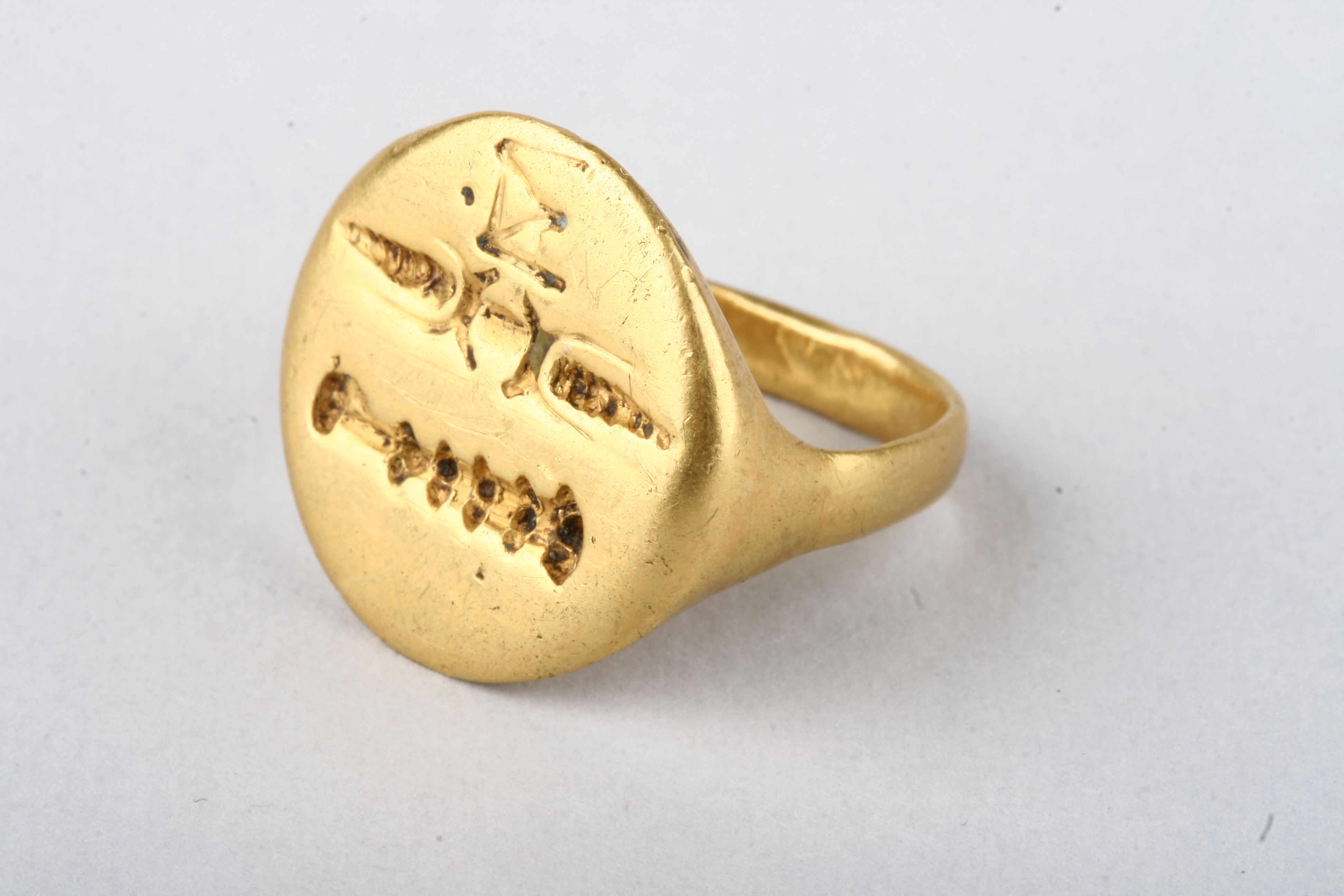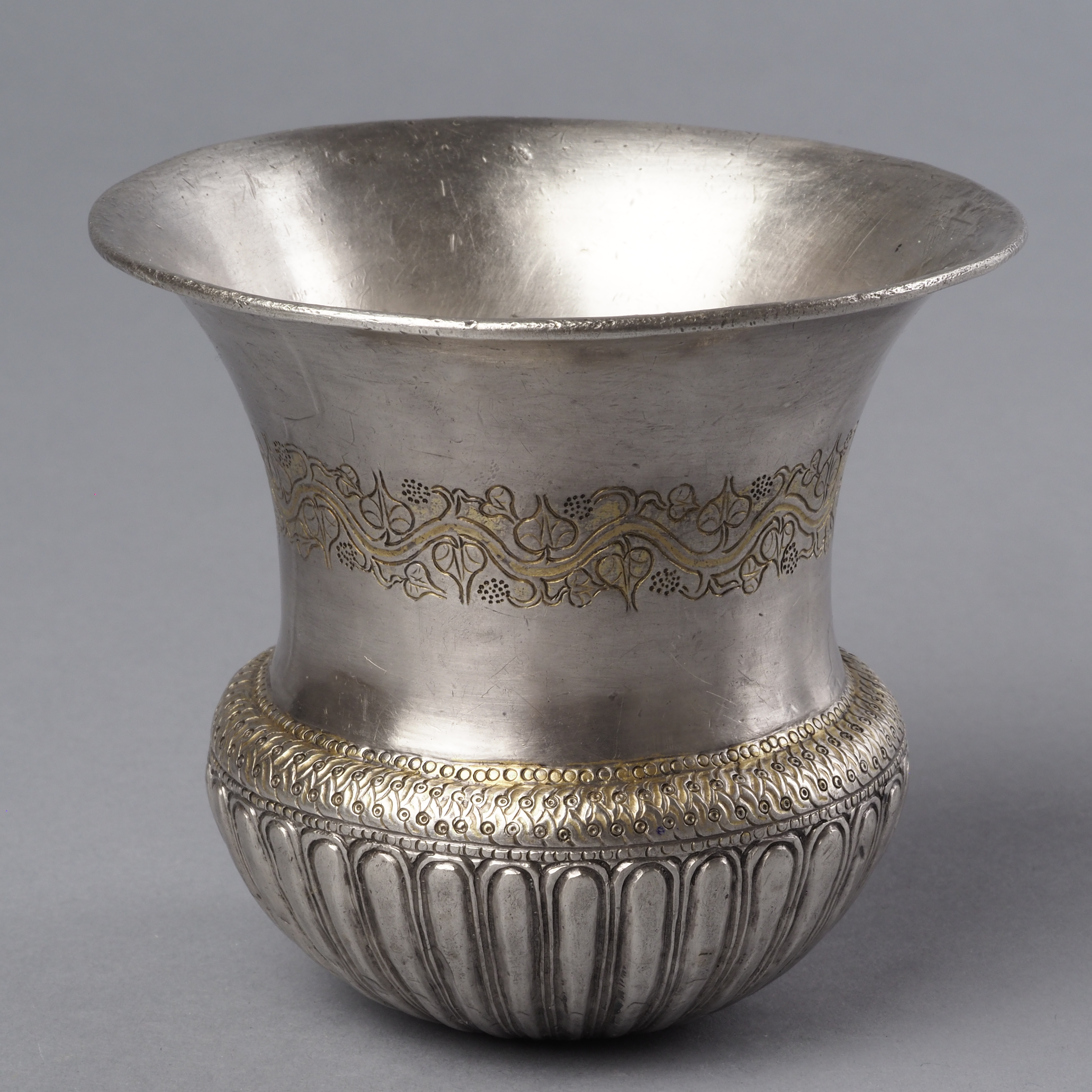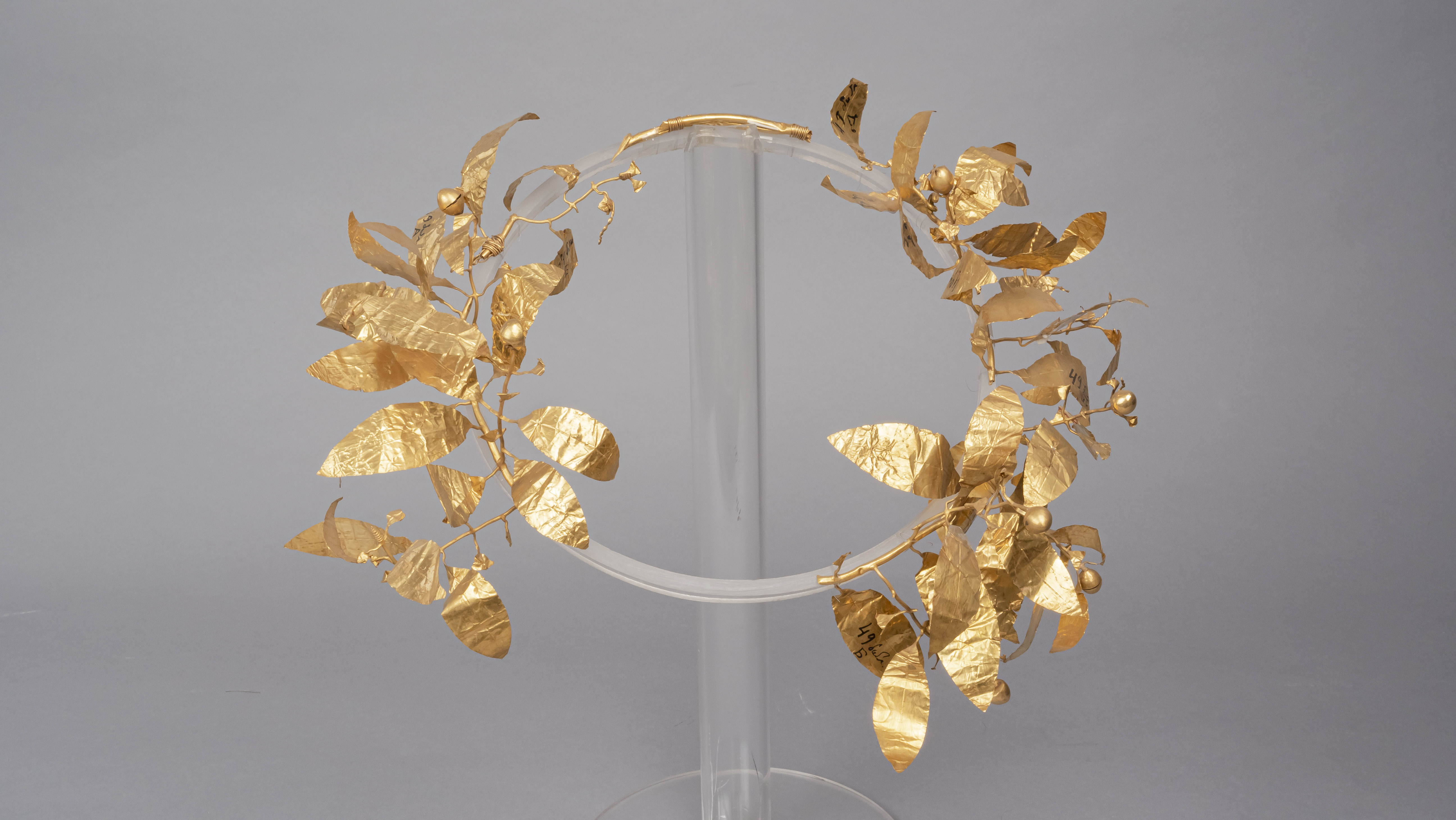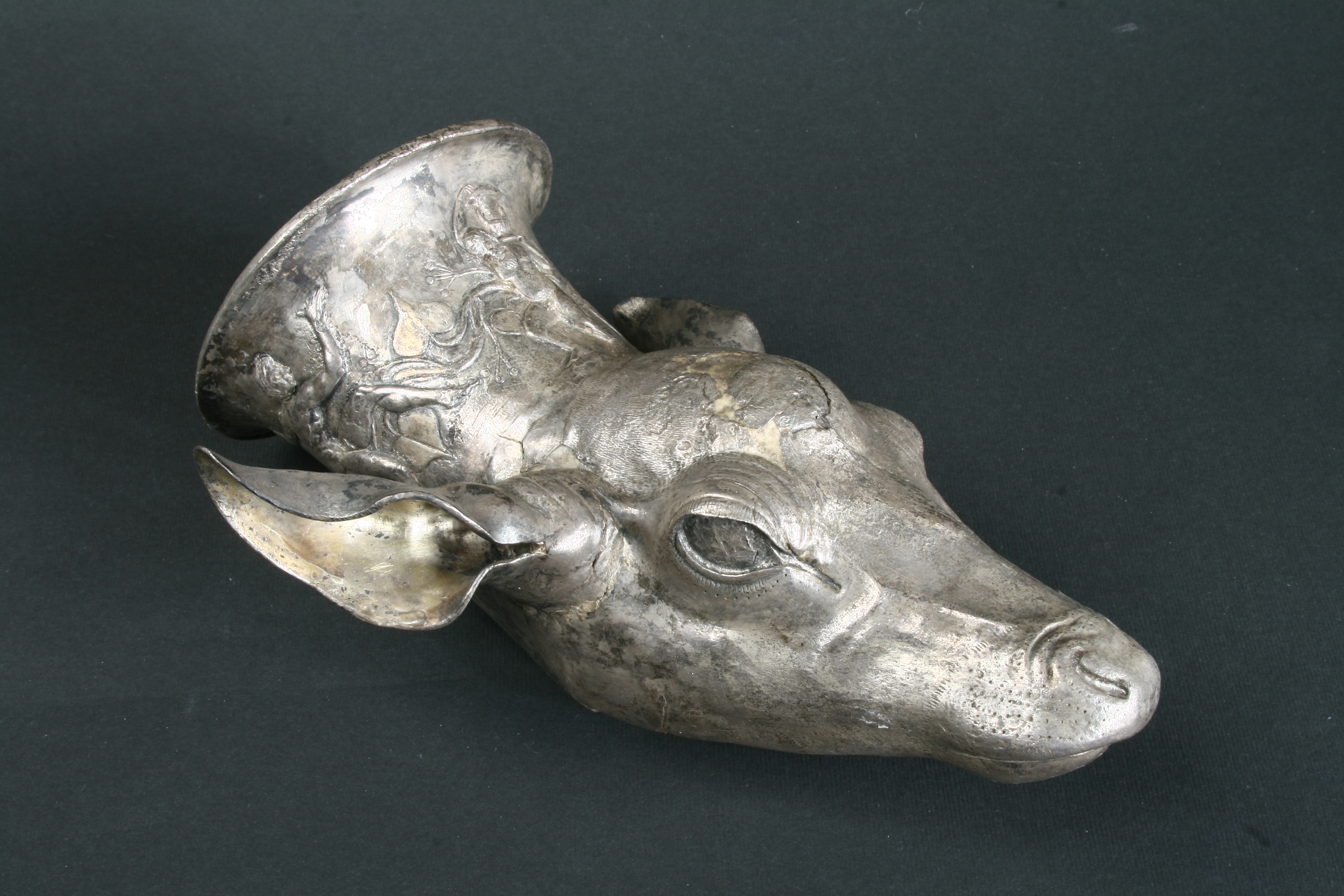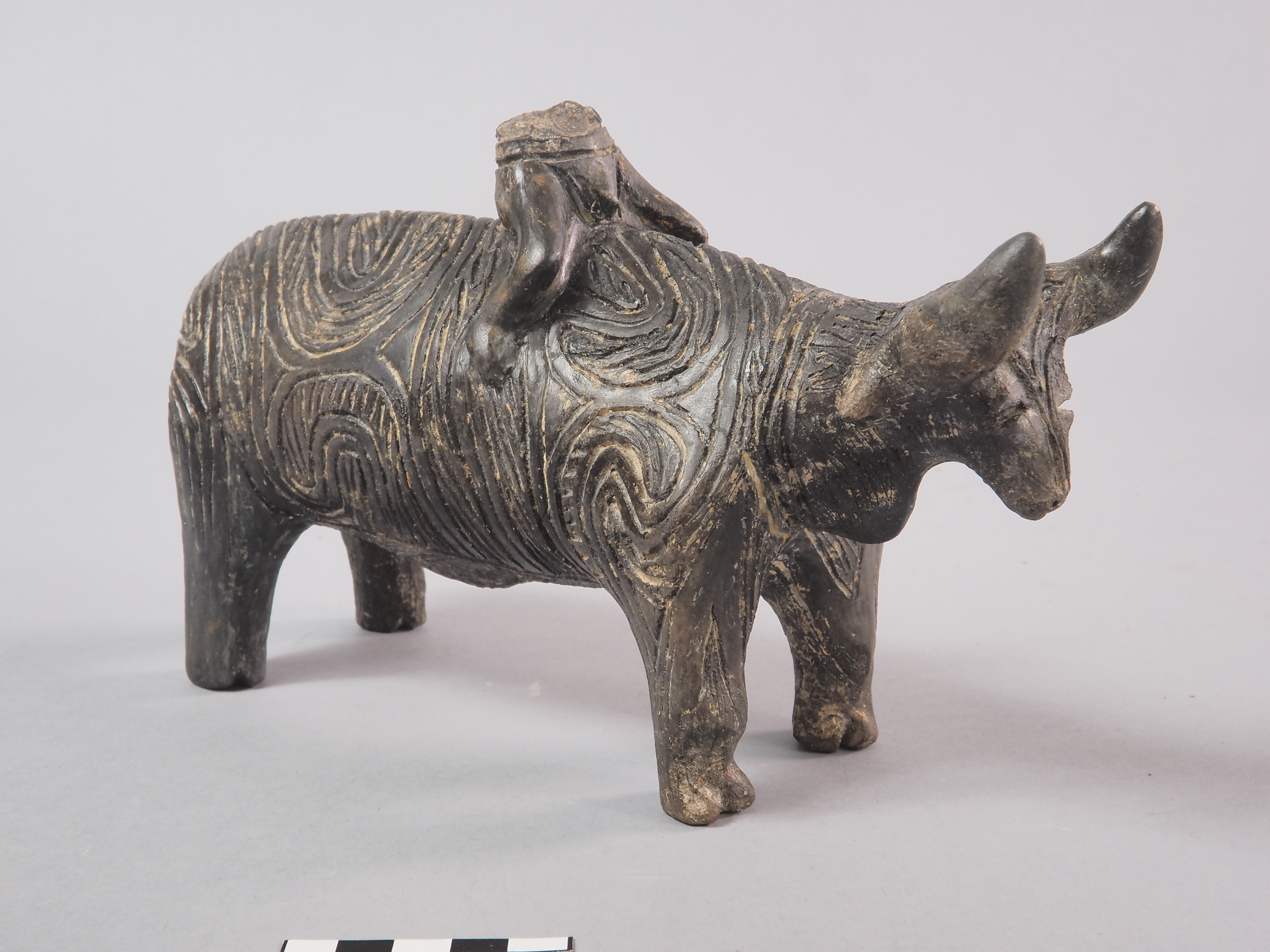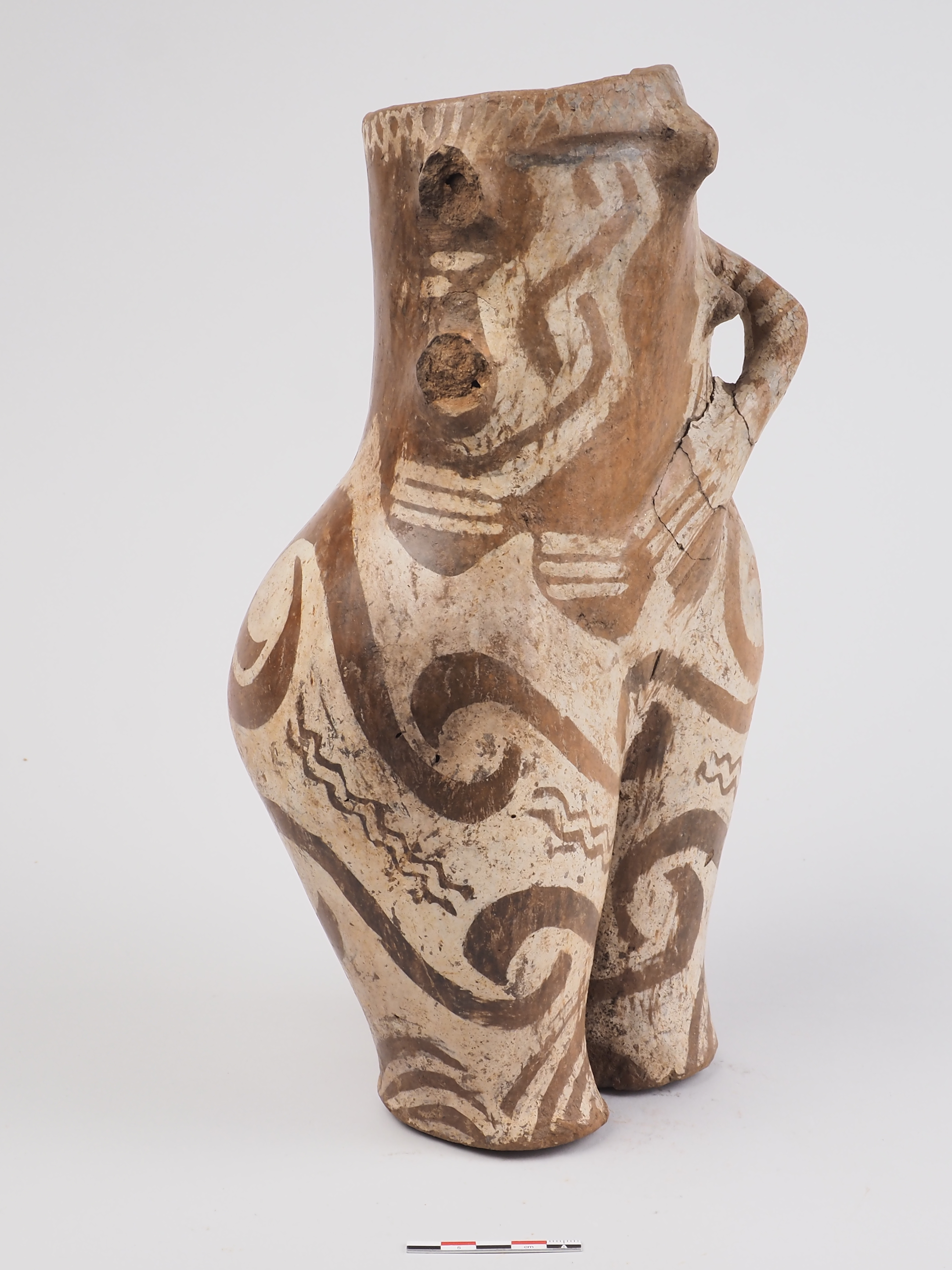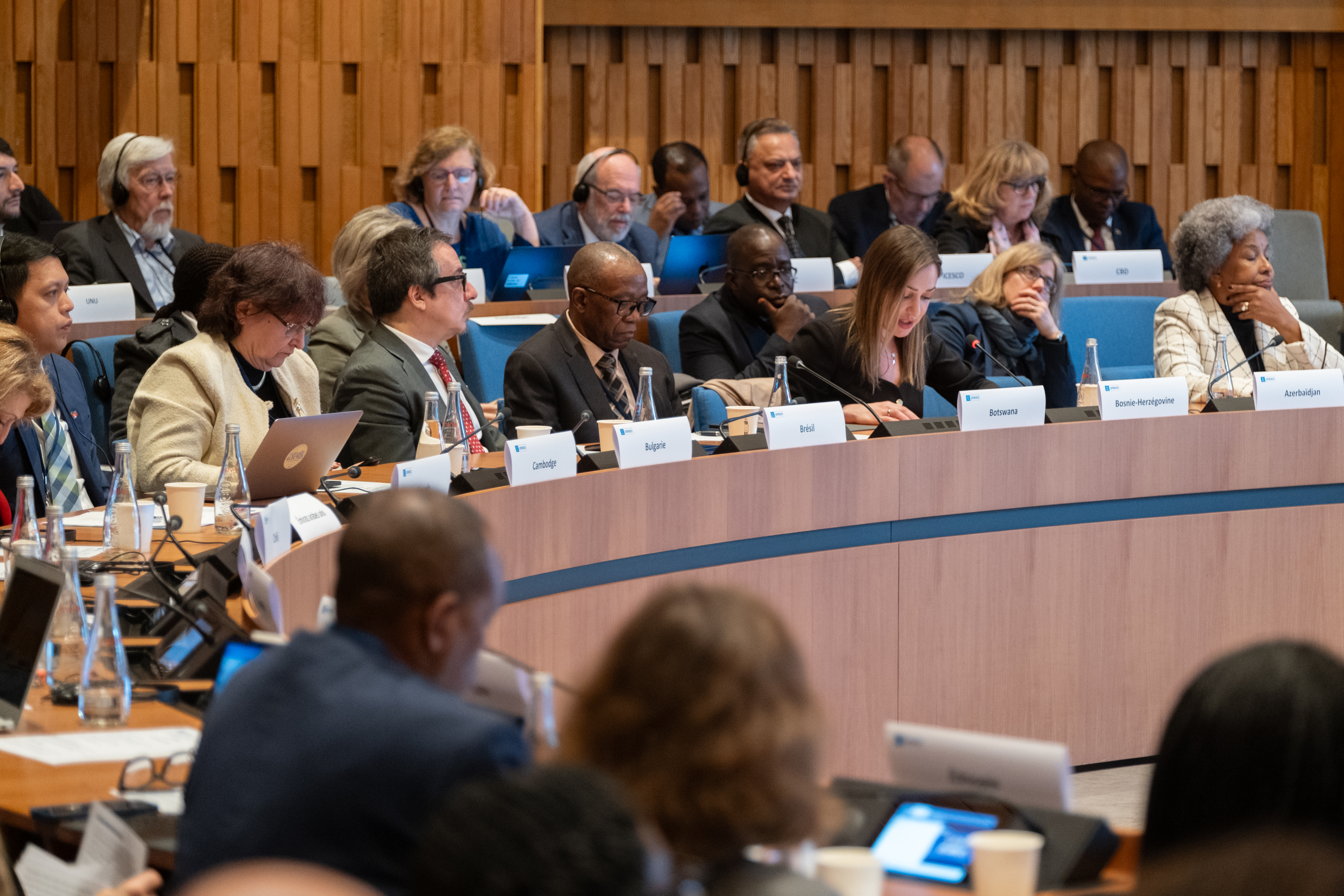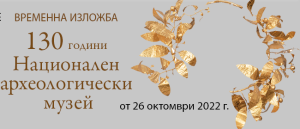 The exhibition “130 Years of the National Archaeological Museum” was presented on 25 October by the National Archaeological Institute with Museum at BAS (NAIM-BAS). It is dedicated to the founding of the People’s Museum, now the National Archaeological Museum, separated as an independent institution from the Bulgarian People’s Library in 1892. This is the oldest and with the richest collection museum in the country.
The exhibition “130 Years of the National Archaeological Museum” was presented on 25 October by the National Archaeological Institute with Museum at BAS (NAIM-BAS). It is dedicated to the founding of the People’s Museum, now the National Archaeological Museum, separated as an independent institution from the Bulgarian People’s Library in 1892. This is the oldest and with the richest collection museum in the country.
More than 150 of the most interesting exhibits, which entered the Museum’s collection when it was a department of the People’s Library until the first decades of the 20th century, are presented. The exhibits are listed in the Museum’s first inventory book. These are artefacts of different types and chronologies, from the Prehistory to the Late Middle Ages (15th – 17th centuries), testimony to the rich cultural and historical heritage of the Bulgarian lands.
The Director of NAIM, Assoc. Prof. Hristo Popov, opened the exhibition in the presence of the Minister of Education and Science Prof. Sasho Penov, the Minister of Culture Prof. Velislav Minekov and the President of BAS Prof. Julian Revalski, Full Member of the Academy.
The exhibition includes some of the Museum’s emblematic exhibits, part of its permanent exhibition or participating in thematic temporary exhibitions. Such are the golden wreath and the silver rhyton with a deer’s head from the village of. Rozovets, Plovdiv region, discovered in 1851 and 1879 respectively, as well as the find from Varbitsa, Shumen region, discovered in 1885 and including silver, bronze and ceramic vessels, elements of armament and horse ammunition.
Most of the exhibits are being shown to the general public for the first time. Among them are the collective find of hollow bronze axes from Gorsko Kosovo, Veliko Tarnovo region, dated to the Late Bronze Age (13th – 12th centuries BC), the grave find from the village of Resilovo village, Dupnitsa region, dated to the end of the 4th century BC, a bronze weight for a scale representing a male figure of Eastern type, found in the village of Bashanli village and dated to the 1st century. The numismatic collection is represented by a hoard of silver Roman coins from the 2nd – 3rd centuries, found in Ihtiman, and a hoard of gold and silver Western European and Turkish coins from Ruse, dated to the 16th century. Also of interest are finds discovered during the construction of the National Assembly in Sofia in 1888 – clay lamps and horn tools. Among the exhibits is a donation inscription, commissioned by the Bulgarian Patriarch Joachim, telling about the construction of a temple in honour of the Virgin Mary and the donation by the Bulgarian Tsar Michael Asen to villages at the Batoshevo Monastery (1246 – 1251).
The exhibition can be seen until 5 February 2023 in the Temporary Exhibitions Hall of the National Archaeological Museum.
>After the Liberation, together with the formation of the structures of the modern Bulgarian state, the building of the museum institution began. After the establishment of the Public Library, a museum collection was separated and soon developed into a museum department. It was filled with antique objects mainly through donations, thanks to the activity of teachers and community activists from the country who sent to Sofia every object of historical value. The Museum also enriched its collection as a result of archaeological excavations led by the first directors and curators of the Museum, including Václav Dobruský, Gavril Katsarov, Ivan Velkov, Rafail Popov, Krastyo Miyatev, Bogdan Filov, Vasil Mikov. The researches covered country’s important sites such as Sofia, Pliska, Preslav, Sozopol, Tarnovo, Gigen, Madara, etc.


